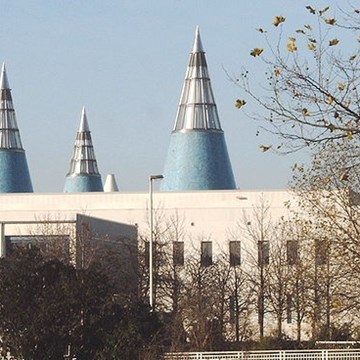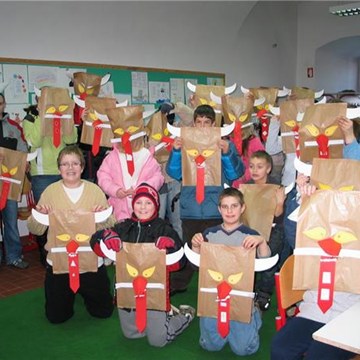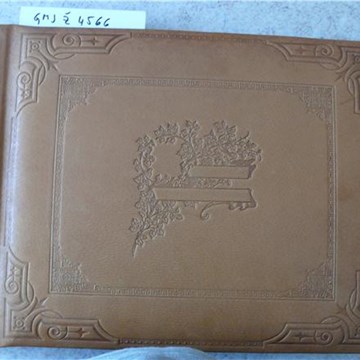Catching gravitational waves: a new discovery and a new astronomy
A century ago, Albert Einstein realised that in his new model for space and time in our Universe (his 'General Theory of Relativity'), space could be stretching and squashing in response to the motion of objects. These ripples in space-time - 'Gravitational waves' - are produced by some of the most energetic and dramatic phenomena in our universe, including black holes, neutron stars and supernovae.
Close to 100 years after the prediction of the existence of gravitational waves, the advanced detectors of the Laser Interferometer Gravitational-wave Observatory (LIGO) recently detected such signals for the first time, starting a new era in astronomy. Sheila Rowan will explain the nature of gravitational waves, describe what sources out in the Universe can produce them, explain how they are detected and what the future of this new era in astronomy might look like.
Suitable for
16-17
18+
Admission
£14
Website
http://www.rigb.org/whats-on/events-2016/may/public-catching-gravitational-waves-a-new-discovery-and-a-new-astronomy
Exhibitions and events from this museum
We don't have anything to show you here.
Activities from this museum
We don't have anything to show you here.











